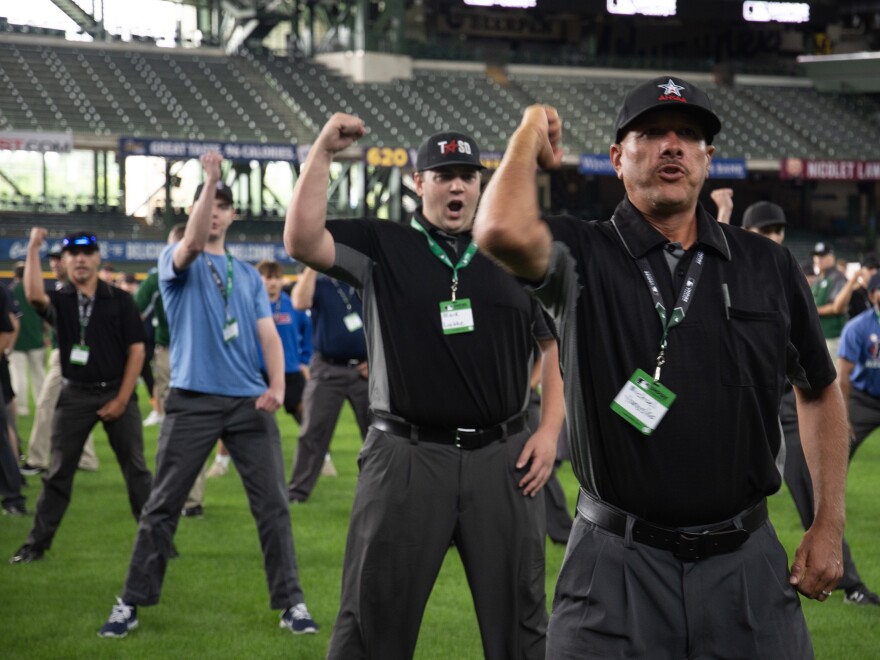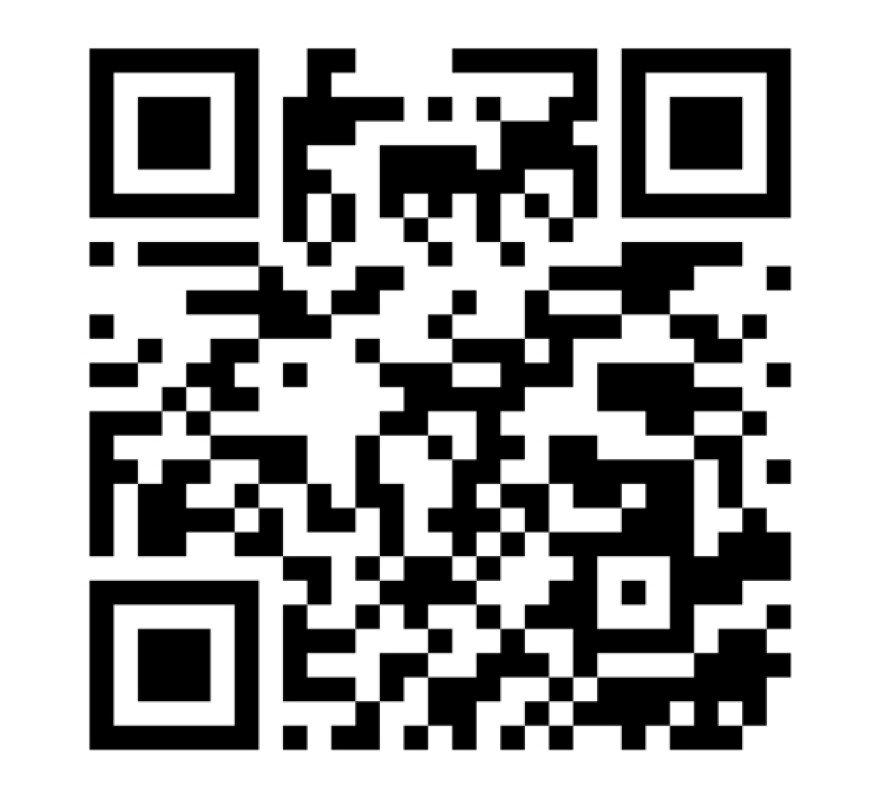MILWAUKEE Timing is important to baseball umpires.
Over 100 prospective professional umpires had already shown up at the Milwaukee Brewers field for Major League Baseball’s one-day umpire camp by the time registration opened at 8 a.m.
For a select handful, these camps serve as the beginning of their MLB umpiring career. A select few will be invited to a month-long development program in January, after which they might be offered a minor league position before, ideally, landing a prized Major League position.
In a time when technology has permeated every facet of umpiring—from replay reviews to nearly daily lowlight videos of poor calls going viral to MLB’s automated ball strike system that pinpoints a pitch’s location to within an inch—umpires are under more pressure than ever, according to MLB officials.
However, this hasn’t deterred the prospects. Candidates in Milwaukee, on the other hand, stated that they welcomed technology advancements as instruments to aid them in their quest to make all the correct calls, which is the aim of every umpire.
Reginald Davis, 45, of Racine, Wisconsin, stated, “You don’t want to be up on a big screen and being highlighted from making mistakes.” “You take care to hone your skills. You spend every day studying. You watch videos to get better. That is the most crucial factor.
A day at umpire camp
Most, but not all, of the candidates in this camp were guys of diverse ages, skin tones, hometowns, and degrees of experience. A group of MLB umpiring officials with almost 300 years of combined professional experience—including 16 World Series—taught them.
One Sunday morning in July, the teachers planned a three-hour session of exercises covering the fundamentals of umpiring. As they called a batter out, they rehearsed holding their fists. They worked on their stance at home plate. Using a local youth baseball team as stand-in fielders, they rehearsed footwork and placement for a few game scenarios.
Students had to learn a number of intricacies, even how to squat behind the catcher at home plate. Kevin O’Connor, an MLB umpire instructor, advised widening your stance. He said to another, “Square your shoulders to the pitch.” He said to a third, “Track the ball longer with your eyes.” “Time! “Slow it down,” he told someone else.
Every suggestion was based on real-world considerations. For example, you can avoid being struck by a pitch by having your outer elbow tucked in. Above all, however, O’Connor stated that a proper handling of the minor details might assist an umpire project what he referred to as “field presence.”
O’Connor instructed them to “appear as though you know what you’re doing.” “Those two dugouts, you’ve got to prove to them you know what you’re doing.”
How technology is changing umpiring
An umpire’s job has always included handling pressure. Players and managers who disagree with a call have been complaining to umpires for as long as umpiring has existed. Additionally, MLB started using replay review to reverse several calls in 2008.
These days, everyone can be a critic more easily because of technological advancements. When the strike zone is placed on a TV broadcast, viewers and commentators may observe whether a pitch was in or out of the strike zone with seeming objectivity. Videos of poor calls and umpire scorecards are being shared on social media by thousands of people following every game.
Jim Reynolds, an MLB umpire supervisor with 24 years of experience in the major leagues, including two World Series, stated, “The umpiring now is better than it ever has been by a mile.” However, everyone’s expectations have suddenly skyrocketed and continued to climb. Additionally, it has placed our people in a very difficult mental state.
“It is incorrect to believe that the missed calls don’t mount up or affect our umpires’ mental health. “Our guys are very concerned,” he continued.
MLB is testing a camera-based technology called automated ball-strike, or ABS, which can determine quickly whether a pitch is in the strike zone. This could be the largest change to major league umpires in the future.
Players who disagree with the umpire’s call may soon be able to challenge balls and strikes in the major leagues thanks to an ABS challenge system. At that point, everyone may witness an animation on the large screen that pinpoints the precise location where the ball crossed the zone.
“Having confidence is crucial when you step onto a major league field, regardless of whether you’re a coach, umpire, or player. Reynolds stated, “This erosion of confidence in real time is one of the things we’re going to have to keep an eye on with our guys and one of the things they’re going to have to overcome.”
Cris Jones, who oversees umpires in Triple-A, the top minor league division, where ABS has been tested for a number of years, stated that it has already altered MLB’s umpire development procedure.
Calls are occasionally reversed because the ball missed the zone by as little as a tenth of an inch. “Back in the day, I believed that if I got that right, I’d be all right. However, they must be precise,” Jones stated.
When determining whether a minor league umpire is prepared for a promotion to the major leagues, Jones and other umpire supervisors now have a new criterion to consider.
Umpires already need to be able to move fluidly, view pitches accurately, and deal with irate players and management. They now have to recover from having their calls overturned, particularly with the ABS challenge system, which allows teams to challenge as many rulings as they wish as long as they are successful in overturning the umpire’s calls. In certain games, there may be ten or more challenges.
“If they have an overturn early in the game, sometimes it snowballs,” Jones stated. “The mental part is what I’m afraid of with some of these umpires that get overturned, and the frequency that they get overturned, or the frequency that they get challenged.”
Players told NPR what it was like when that occurred during spring training earlier this year. For the umpire, one person stated “humiliating,” while another said “awkward.”
“Now the technology has made it tenfold,” Jones said, while nervousness has always been a part of the umpire’s job.
Embracing the tools
Those who traveled to Milwaukee hoping to work as MLB umpires were unfazed by this. “I believe it inspires us to strive for perfection. Leo Dlatt, 21, who traveled from the Chicago area to attend the camp, stated, “But I also think that the goal of this profession is to be perfect, so we should want to be perfect anyway.”
Big Rapids, Michigan resident Stephen Proudfit, 48, stated that he did not believe ABS would lessen the responsibility of the umpires. “It will only serve as an additional tool to help us play the game correctly. “That’s our only goal,” he stated. “Who wins the World Series doesn’t really matter to any umpire. All that matters to us is that the game is excellent and clean.
“Errors are inevitable,” Proudfit continued. He made reference to the ABS challenge system, which was used in the first inning to convert a 1-2 ball call into a 0-3 strikeout at this year’s All-Star Game.
“A mistake was made by one of the All-Star officials. Proudfit remarked, “They’re literally the best of the best.” However, mistakes are a part of the game. You get inducted into the Hall of Fame after hitting.300 and failing 70% of the time. We play a game like that.
Copyright 2025 NPR





